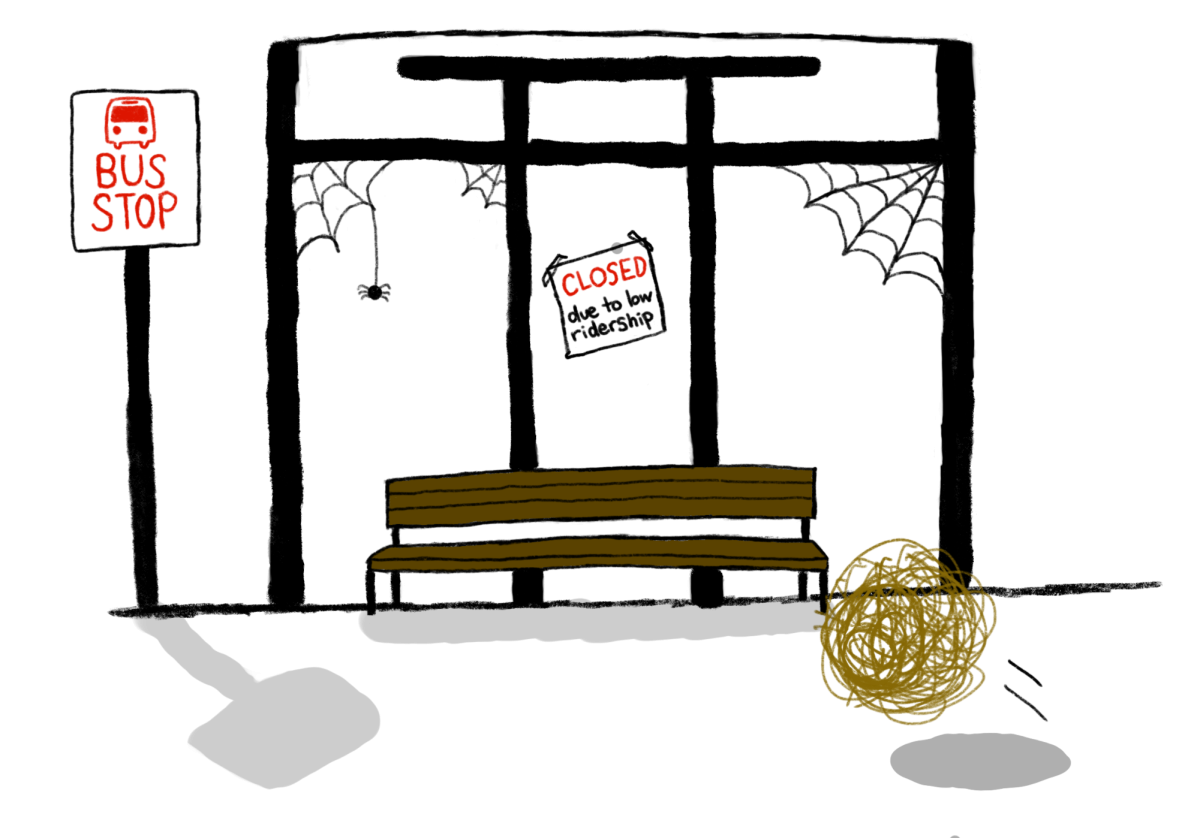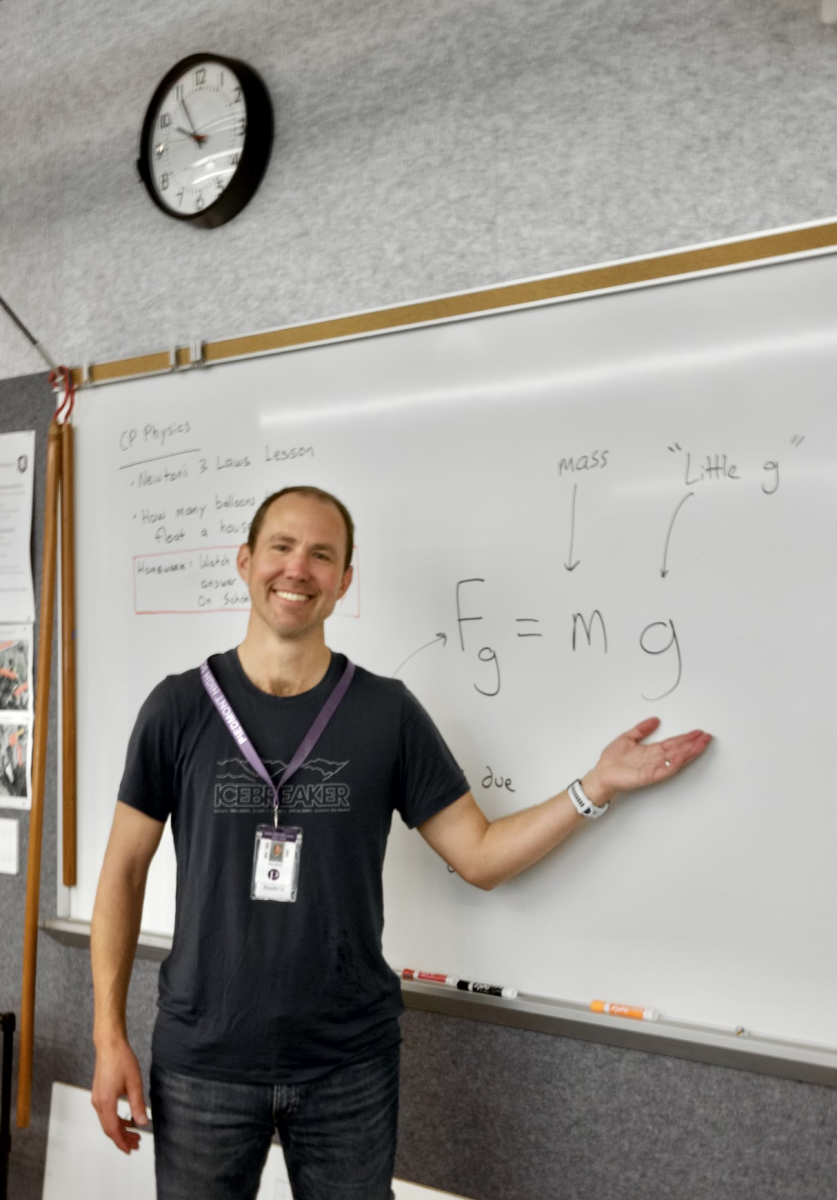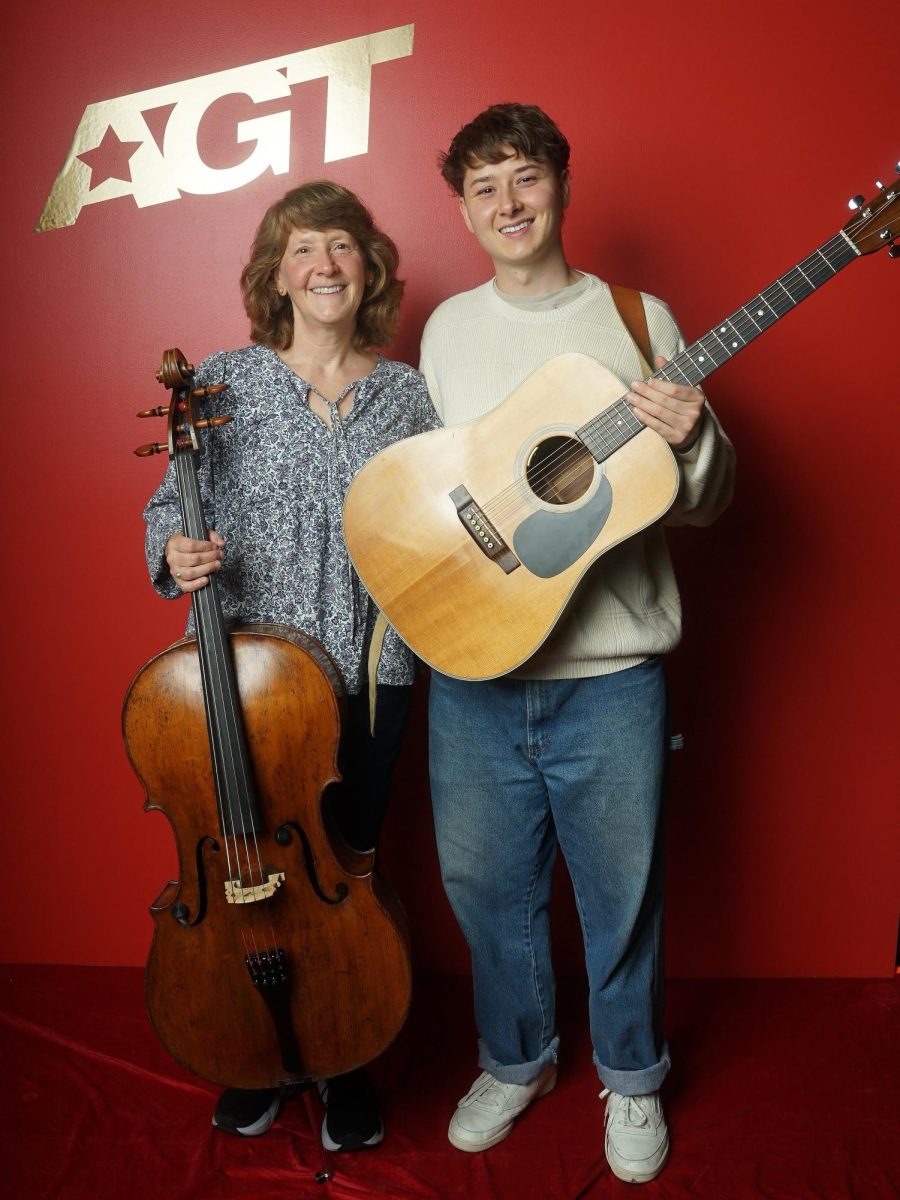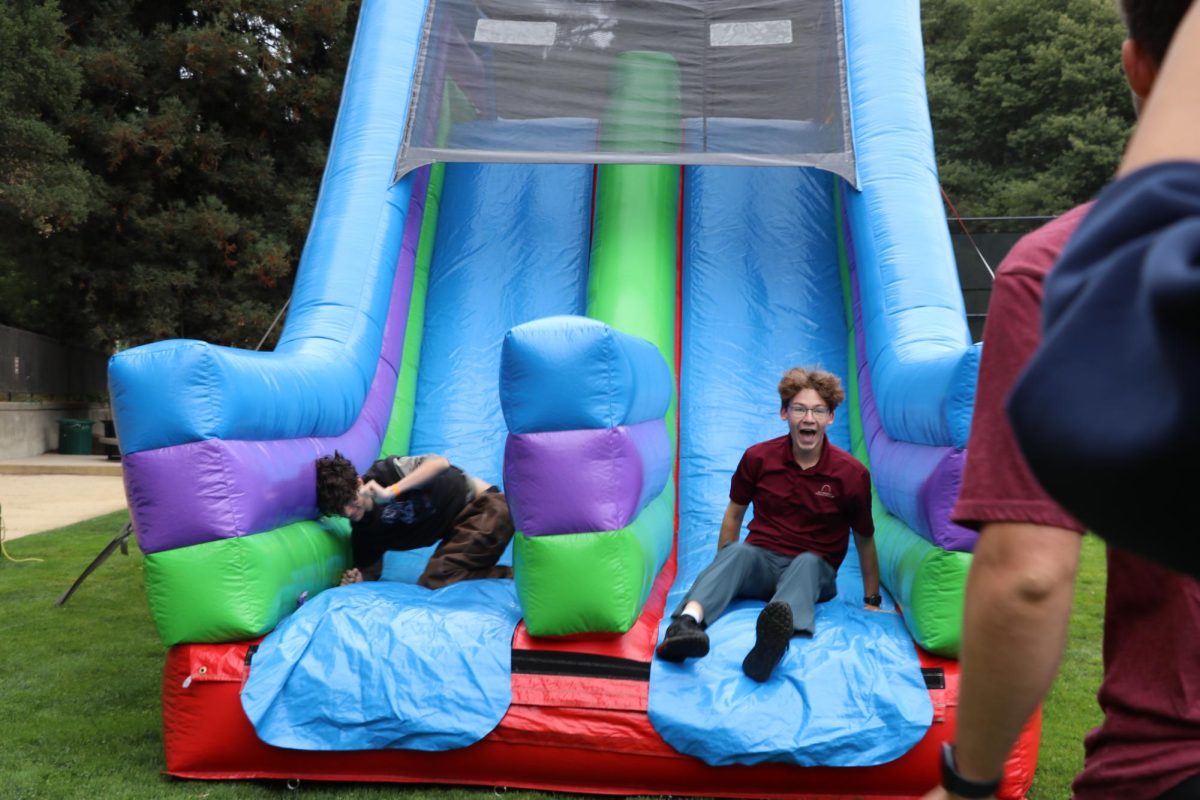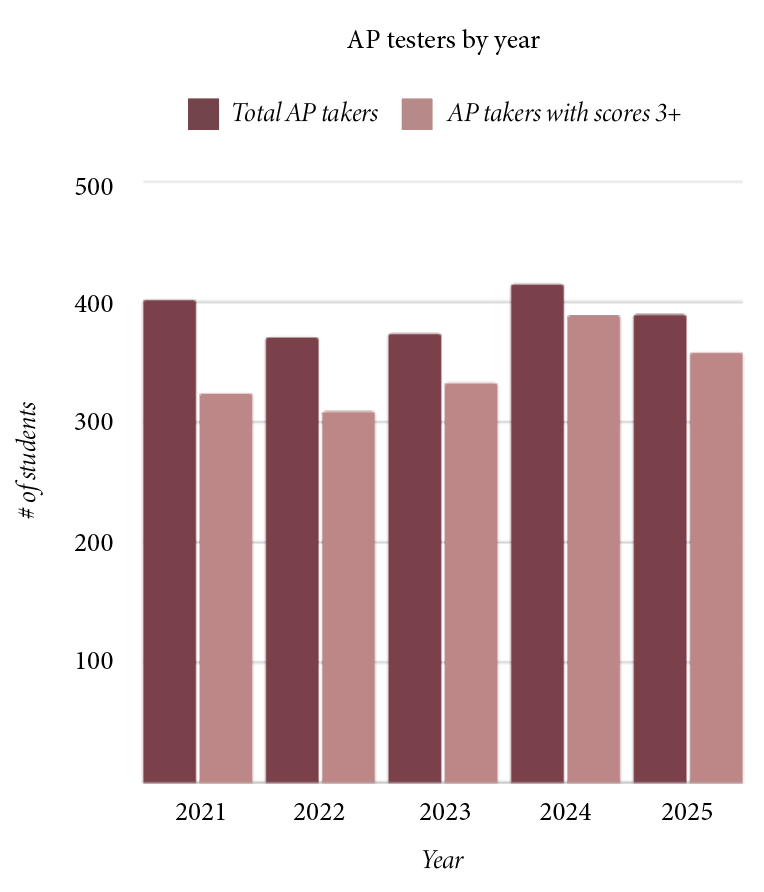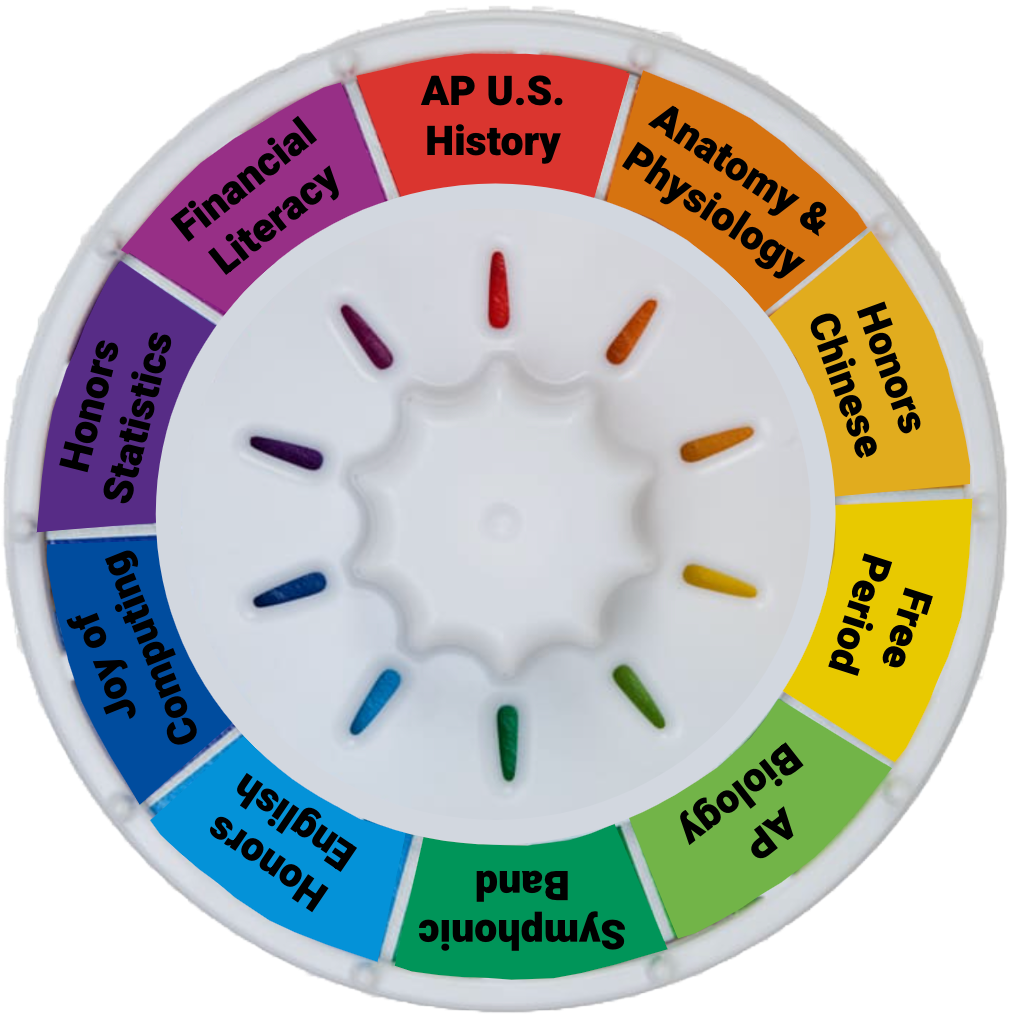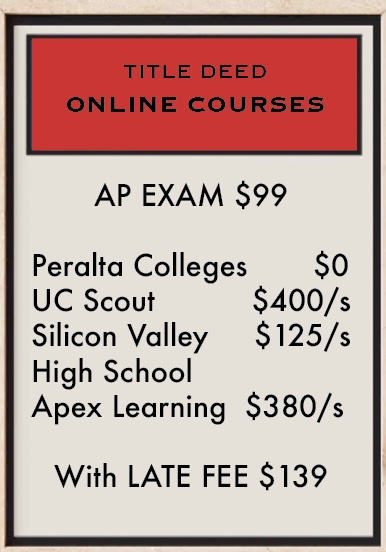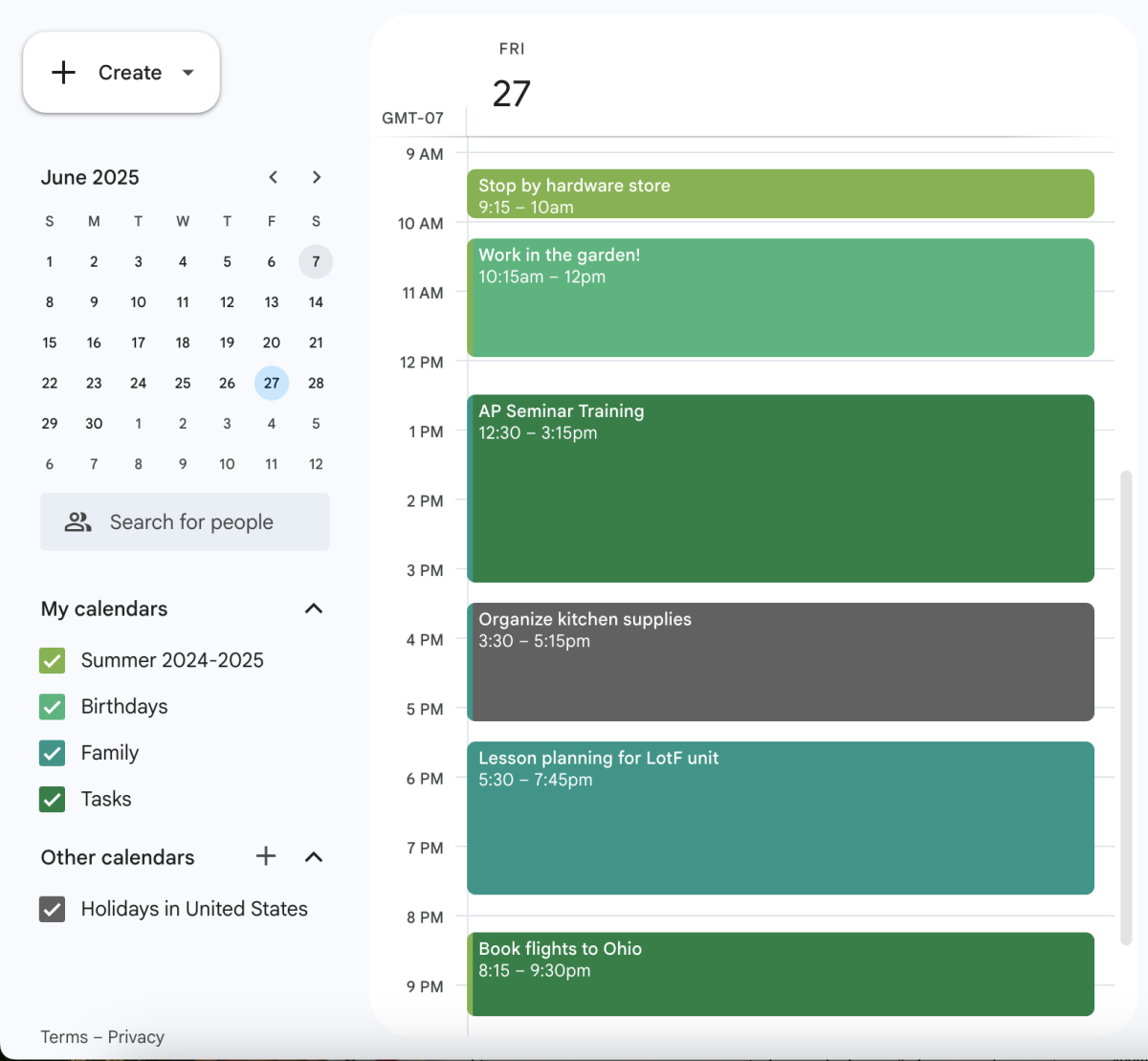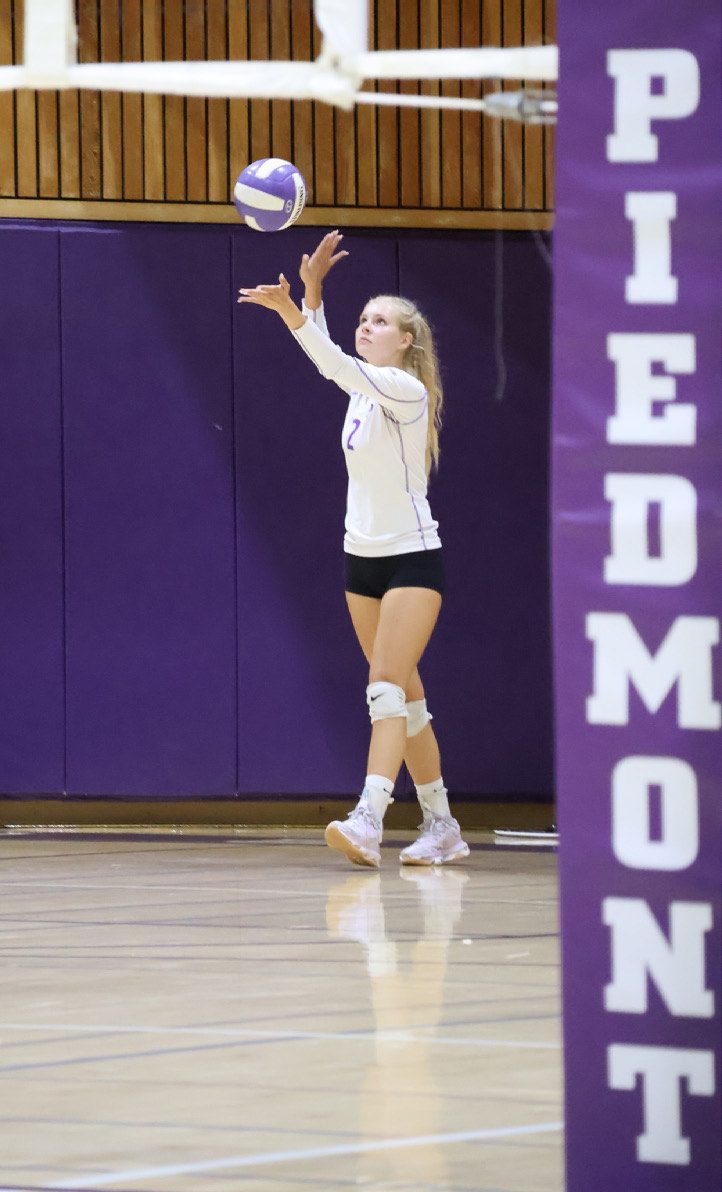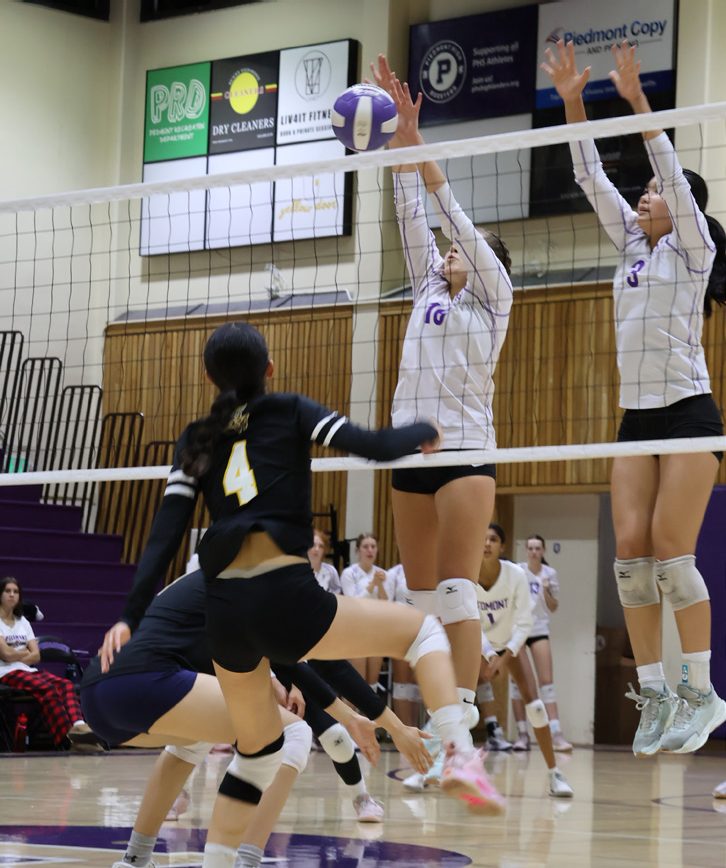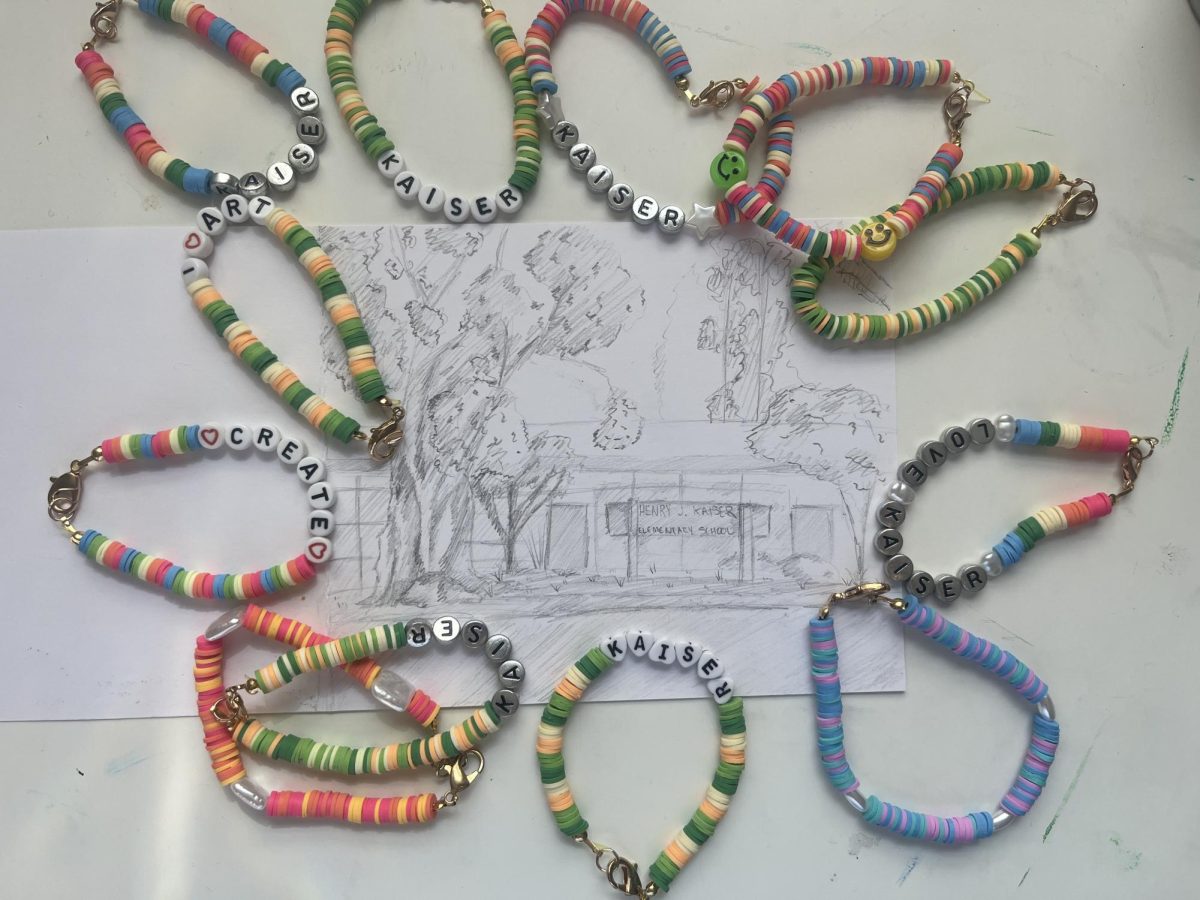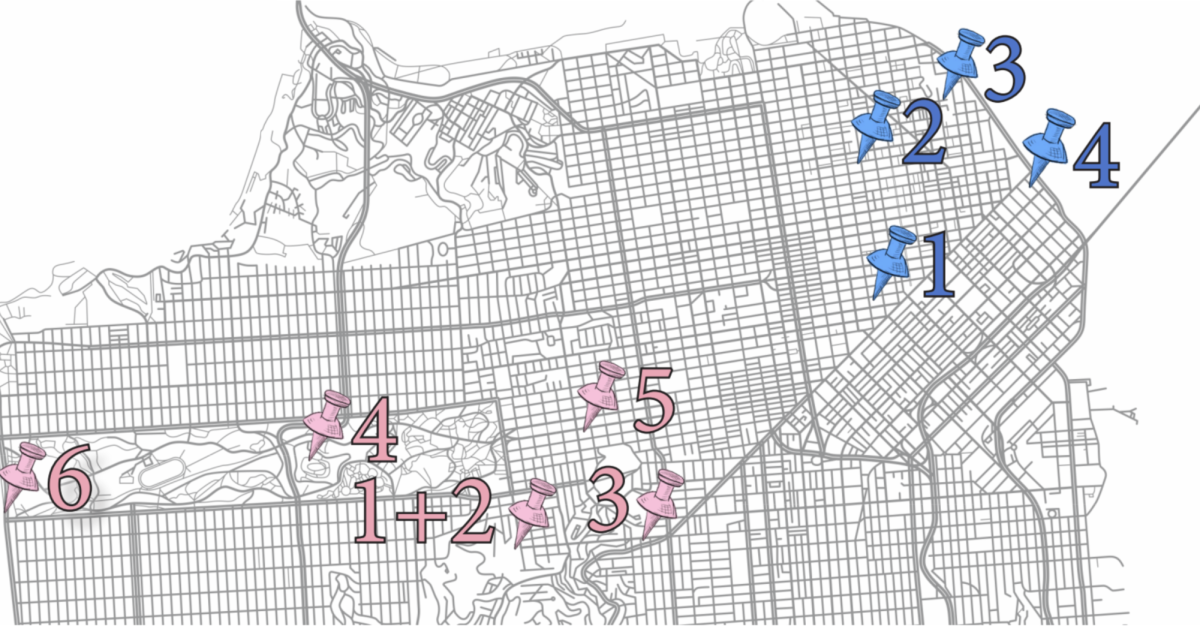The PHS math department will be offering two new classes—Integrated Math 3 and a compressed class of Math Analysis and Calculus A—for the 2017-2018 school year. This current school year is the last year the math department will offer Algebra II and follow the math standards set in 1997.
“Most students have already been in math classes that are Common Core classes, but not everyone,” said math teacher and current math department chair Diana Miller. “So it is just this year’s Algebra II students who are not in Common Core yet.”
Miller said that Math Analysis and the upper level math classes are already taught with discovery and the eight standards of mathematical practice in mind, which are fundamental to Common Core classes. As a result, upper level classes, Math Analysis and above, will remain, while Algebra II and the old classes of Algebra I and Geometry are being replaced by Integrated Math pathways.
“[Integrated Math has] been good,” sophomore Caroline Strauch said. “It’s a little interactive. The explanations, notes and learning are a little different. It explains things more in detail and instead of just giving us a formula and saying ‘learn this,’ it kind of goes more in depth about each concept.”
Integrated Math 3 will be a junior grade level course for students currently in Integrated Math 2, while the new compressed Math Analysis course will be available to students currently in the compressed class of Integrated Math (IM) 2B/3 and Algebra II, Miller said.
“[The new Math Analysis class] is being advertised as a honors class, and most likely it will be, but the math department is unsure it will pass the A through G standards for an honors class so it really should be more of a ‘probably,’” Miller said.
The math department will not submit the class for approval until the end of April or beginning of May, Miller said. Besides the pending approval, the math department also has reservations over whether adding a new honors math class will be in students’ best interest, Miller said.
“We have a concern that students will be taking the class for the wrong reasons if it’s an honors class,” Miller said. “We don’t want students taking it because they want a bump in their grade. We want students taking it because they truly like math and they would like to get to BC as seniors.”
Math teacher Amy Dunn-Ruiz also said she and others in the math department are hesitant about the new compressed class, especially with the extraordinary workload and the fast paced nature of the class.
“It is above and beyond one of the hardest classes ever offered at Piedmont High,” Dunn Ruiz said. “So I am basically saying to my students, ‘If you want to take it, think it through very carefully. Think about the other classes you are taking, make sure you are ready for this extraordinary challenge.’”
Counselor Chris Hartford shares Miller and Dunn-Ruiz’s concerns, especially since he and his counselor colleagues will be the ones dealing with the inevitable schedule changes. He said that in this climate, the option of an accelerated pathway often pressures students into taking a workload that is not suitable.
“I would say do it extremely cautiously because many seniors I have talked to over the years say Math Analysis is one of the more stressful, rigorous classes we offer at this school so creating an honors version of that is probably for very few people,” Hartford said.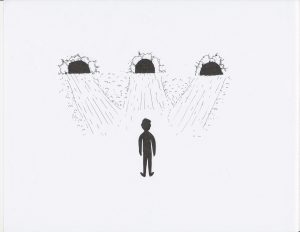
Offering a compression course for a select group of students relates to Director of Curriculum and Instruction Cheryl Wozniak’s research into gifted math learners. She said that one of the strategies that the National Association for Gifted Children recommends for some gifted students is the acceleration of course work, with content being taught at a faster pace.
“My view is that compressed courses are appropriate for a select group of the population of students. Those would be students who are gifted at mathematics, who learn mathematics after a single exposure,” Wozniak said. “We need to be careful. We have a lot of hard working and high achieving students who are strong mathematically, but that doesn’t mean that every student who earned an A in middle school or every student who was a high achieving math student in elementary is automatically a good candidate for a compressed course.”
Already, Hartford said he has seen students feel obligated to take the offered compressed math classes of IM 1/2A and 2B/3, where a year and a half’s worth of curriculum is taught in a year.
“I have two students that I just saw today with an F in a compressed class currently which makes you think that that’s the exact reason why we shouldn’t have had a compressed,” Hartford said.
Wozniak said that she relates to those who have been misplaced in a class and that it is no way a reflection of the student’s overall math skills or intelligence.
“When I was in high school I took Honors Algebra and then I took Honors Geometry and I did really poorly,” Wozniak said. “I was misplaced in the [geometry] class and I felt badly about myself the entire year. Someone needed to counsel me and tell me ‘It’s okay Cheryl that geometry is something that’s harder for you, you were better suited in another class’ instead of staying in a class where I was struggling and feeling bad about myself. As the person leading curriculum work in this district, I really go to matching every student and having them be in the right place for the right reason.”
Yet for some students, these compressed classes are a great fit academically. Freshman Soren Call said that he switched a month into school to IM 1/2A from IM 1 and said that the change was a good decision.
“It just moves a little bit faster and it’s a little more independent,” Call said. “You are given the work you are supposed to do at beginning of class and you do the work, and if you have problems you ask the teacher and she can help you out with whatever you are struggling with, it’s a lot more free-structured, you kind of use your time how you like, which is nice.”
Sophomore Adriana Calvo, who is in IM 2, said that she has heard about the quicker pace in the compressed classes. However, she said that she likes that there are separate classes because she likes to take her time to learn the content.
“We also have another six classes so it’s good to have less content and more time to understand it and practice,” Calvo said.
Agreeing with Calvo, Strauch and Miller said that, in the end, these different pathways are designed to suit everyone and to help everyone have a more tailored math curriculum.
“We want the pathways to work for the special ed student, the average math student, the above average student, the gifted student, we want the choices to work for everyone, but sometimes that is a difficult thing to do at a relatively small high school,” Miller said. “We don’t want anyone to feel like we aren’t paying attention to them.”
Overall, Hartford said that students are flexible and will adjust to what works best for them. He said that in order to make sure students are well-suited for their math classes, students should listen to math teachers recommendations.
“We have the students’ best interests in mind,” Miller said. “There might be some ruckus about ‘Oh the math teachers don’t want it to be an honors class,’ but we are making a ruckus for them, for all of you. We don’t want additional stress for you.”


